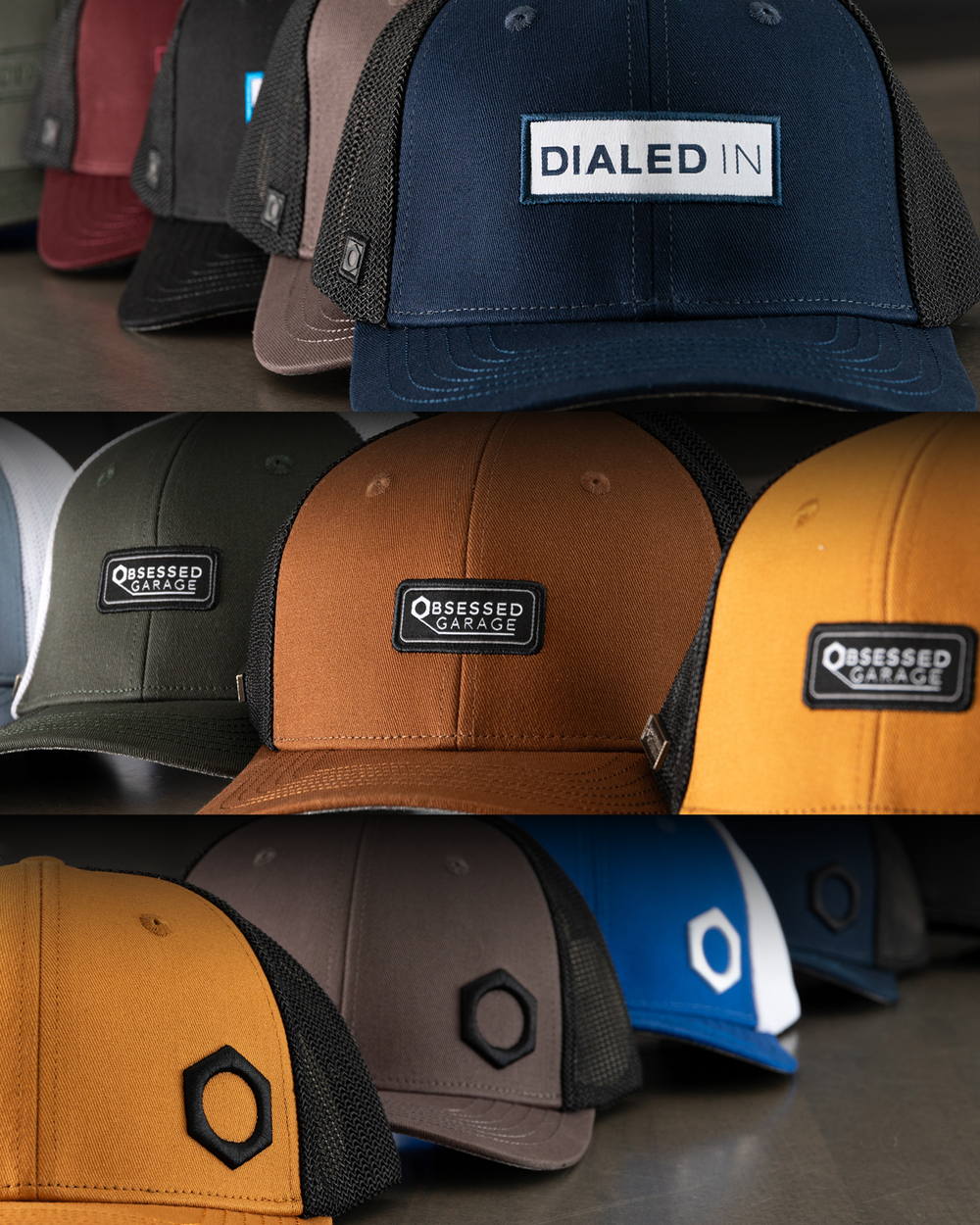DI Water Systems And How They Work For Car Washing


It’s time to go down the rabbit hole again; this time, we’re doing a deep dive into DI water systems and TDS (total dissolved solids). There’s nothing more annoying than getting your car dialed in and ending up with water spots during the wash process because it sat in the sun. My search to prevent this problem led me to deionized water, which completely removes dissolved solids from your water. In short, the TDS count of your water and all minerals included in TDS (like calcium, magnesium, and iron) create water spots on your car.
When I first learned about using deionized water (DI water) for car washing, it was the summer of 2015. I tested a deionizer system for the first time on my Sapphire Blue GT3, and I loved it. This was also my first and last search for a DI water solution. I discovered CR Spotless Deionizer Systems and immediately knew this was what I needed. It’s easy to service and portable; there’s also a wall-mount solution available that comes standard with our wall-mounted pressure washer solutions. I also like that it’s blue.
I haven’t truly understood the mechanisms and the finer points about how the CR Spotless works. So now that I am in a position where I can reach out to my friends in the industry who have a more profound knowledge of all this stuff, I can share that information with you.
How Deionized Water and the CR Spotless System Work
DI water, or some may know it as “Type II Water,” uses deionizer filter material known as DI resin to pull all TDS (total dissolved solids) out of your water. Here’s where things become a little harder to understand - the way DI resin removes these dissolved solids out of your water is through ion exchange. This specially designed resin trades dissolved minerals for hydrogen (H+) and hydroxyl (OH-), pulling both negative and positively charged dissolved solids to their opposite charge. These, later on, combine to form H20 (water). Over volume of water use, the system runs out of hydrogen and hydroxyl to exchange, which means your TDS will increase from 0 ppm to 1 ppm, and so on. PPM = parts per million.
When Is It Time To Switch My Cartridge?
There’s a little bit of this that’s going to come down to science and a little bit to personal preference. If you want a guarantee that you can leave standing water on your car without having any water spots, switch the cartridge or resin immediately after the TDS meter on the CR Spotless reaches 1 ppm. At this point, there becomes a chance of water spotting. Here’s where the preference/risk analysis comes in. You can get away with running the resin until the TDS meter reads 20ppm; I would only recommend this if you thoroughly dry your vehicle and don’t wash it in direct sunlight.

Deeper Dive Into Deionizer Systems
While trying to figure this stuff out, I had a very educational phone call with Chuck (from CR Spotless). As he explained everything to me, I learned a lot about the more precise details of the chemistry in DI water.
How Is TDS Measured?
The TDS level in water is measured by resistance using “ohms” as the unit. Truly deionized water has a value of 18.2 Megaohms. Anything from here until 200,000 ohms will register as a zero TDS on the integrated meter on the CR unit. After that, at 200 ohms, the water will register as 1 ppm on the system. Succeeding this, at some point, the unit will hit 20 ppm. After this point, the water becomes very corrosive and will eat and damage a lot of stuff.
Why Is DI Water Acidic?
How is it possible for the deionized water to become acidic? It’s relatively simple. DI water sits between a pH of 5 and 6. This may be surprising to many of you; I know it was to me. We think DI water is perfect; being at a pH of 7 like “perfect water” is often mislabeled. However, this is not the case. The absence of dissolved solids from the water decreases the pH from what has become the functional goal of most home water conditioning systems (like softeners and neutralizers) of a pH of 7. With a deionizer system, the pH level moves to a more acidic level (5-6) in a more purified form.
Contrary to popular knowledge, water is a solvent. Rainwater, the purest form of water possible, has a pH of 5.6. This results from carbon dioxide (CO2) combining the rainwater, forming a weak carbonic acid. However, normal rainwater (not acid rain) will not leave water spots on your, just like deionized water won’t.
So, how does water’s solvency affect how we wash? It allows us to clean better. Because the deionized water in its purest form out of the CR Spotless is free of dissolved solids, the cleaning ability of water increases. When DI water touches the surface of your car, it wants to pull stuff into it because of the water’s absence of solids in itself. This means any hard water particles that happen to get on your car will be pulled off your paint when using deionized water. Chuck (at CR Spotless) said this is why the car looks freshly protected after using a CR Spotless system. The system is pulling contaminants off your vehicle, making the finish duller, leaving less behind to hinder gloss and slickness. It’s super cool.
Fun Stuff We Thought About In The Pursuit of Excellence
After talking to Chuck about the CR Spotless’ ability to chemically decon cars, I started thinking about how to use this to my advantage in my wash process. I first thought about using DI water as an extra decon agent during a decontamination wash. In this application, I could use the deionized water in my buckets, foam cannon, and all the pressure washer stages to get a little extra cleaning power out of my decon steps before panel prep or polishing.
You can choose to do the same to give your car a decon boost (if the vehicle is coated or has a long-term sealant) for a “reset wash.” Generally, for a reset wash, I would just use my decontamination soap and the rest of my normal wash process. However, having the option to use DI water to help boost this process is appealing to me. I can get that extra percentage of decon without needing to clay the car, which helps.
When I was talking about this with the guys, Kyle (our Director of Garage Design) reminded me that in Manuel’s garage (our first Garage Giveaway winner), we used a bucket filler off the right side of the CR Spotless by replacing an elbow with a tee. This is a little mini-mod you can do at home to your wall-mount solution to add DI water to all parts of your wash process.
Finally, Kyle reminded me again that DI water will improve the foaming and cleaning capabilities of soaps on systems with really hard water. If this is your water, your foam is probably coming out runny and crappy, and your soap also likely has less ability to get the junk off your car. Using DI water will change the game for you if you have hard water because it will eliminate all of these problems.


